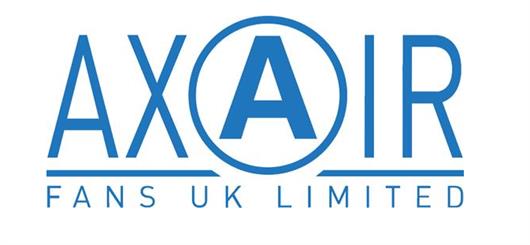 Add My Company
Add My Company

A pressurisation system is intended to prevent smoke leaking through closed doors into stairs by injecting clean air into the stairwell. The intent is to have the highest pressure in the stairwell and a reducing pressure in the accommodation area to facilitate pedestrian escape route and firefighting access. Since the publication of the relevant standard, EN 12101-6, familiarity has increased along with understanding of pressurisation systems. However, there are some aspects of the standard which are not taken into account. E.g selecting the correct class of pressurisation and recognising the purpose of the system. What is EN 12101-6? The standard describes six differential pressure systems based on their function, ranging from facilitating a safe evacuation in the fire affected area only through to keeping firefighting access smoke free while evacuation takes place. System Classes: Class A system: For means of escape: The design conditions are based on the assumption that the building will not be evacuated unless it is directly threatened by fire. The level of compartment means that it is normally safe for the occupants to remain inside the building. Class B system: For means of escape and firefighting: This pressure system may be used to minimise the possibility of serious smoke contamination during evacuation and while fire fighters are extinguishing the fire. Class C system: For means of escape via simultaneous evacuation: These systems are designed for all of the occupants of the building to be evacuated when the fire alarm is activated. Class D system: For means of escape. Risk to personnel that are sleeping: These systems are designed for buildings where the occupants may be sleeping. Class E system: For means of escape via evacuation in phases: These systems are installed in buildings where evacuation is carried out in stages or phases. Class F system: Fire protection system and escape means: These pressure systems are used to minimise the possibility of serious smoke contamination of staircases used by fire fighters at the same time that the building is being evacuated. Current standard EN 12101-6 is being reviewed by the CEN TC191 SC1 WG6 and the next review will only include 2 types of pressurisation systems for evacuation and firefighting. It is not yet known if the revised document will be adopted as a British Standard. What performance is required? For all possible systems, at least two evacuation situations are considered that may occur: With all the doors of the evacuation route closed: A differential pressure of 50 Pa must be maintained between the protected route and the non-pressurised areas where the fire has broken out. In some cases there is an additional requirement where a differential pressure of 10 Pa has to be maintained between the protected route and the non-pressurised areas when the exit door to the outside of the evacuation route is open. In the latter, the difference between class systems lies in the number of doors that are open inside the staircase whilst the exit door to the outside is also open. When a door is opened to the fire zone: In this case a minimum air velocity through the open door must be maintained. This is 0.75 m/s for systems designed for evacuating personnel and 2 m/s for systems designed for assisting firefighters. The difference between the class systems is based on the air velocity through the open door to the fire affected area as well as the number of doors that are open inside the staircase. Selecting the class of the pressurisation system will determine the design flow rate of the installation. This affects all the elements of the pressurisation system. It is essential to determine the correct size and system class in order to ensure correct operation of the fire protection pressurisation system. The following table lists the airflows required for each situation and the design flow based on the System Class. PRESSURE CRITERIA 50 Pa PRESSURE CRITERIA 10 Pa SPEED CRITERIA 0.75 m/S CLASS A ON-SITE PROTECTION 1.24 m3/s ———– 1.83 m3/s CLASS C EVACUATION IN PHASES 1.24 m3/s 5.99 m3/s 2.10 m3/s CLASS D PEOPLE SLEEPING 1.24 m3/s 11.42 m3/s 7.51 m3/s Pressurisation System Control A system must be installed which is capable of automatically and safely supplying the two air flows. At the same time, excessive air flow to the staircase must be prevented so that children or less able occupants can open the access door to the staircase during an evacuation. Although several types of systems are available for controlling excess pressurisation of the staircase, the most commonly used system is the latter. This consists of a fan controlled by a frequency inverter, which takes signals from a differential pressure sensor that measures the pressure difference between the pressurised evacuation route and the non-pressurised area. This maintains the desired pressure, normally 50 Pa, and subsequently controls the pressure during situations where the doors in the evacuation route are closed. In the case where a door is opened, the pressure in the staircase drastically decreases and so the fan speed increases to regulate the pressure. The fan then supplies the maximum design airflow for the installation when an evacuation route door is open or when the exit door to the outside is open. Our technical team of Engineers are experienced in calculating overpressure and air release in addition to having a close relationship with our supplier partners, Sodeca. Contact us on 01782 349 430 or email sales@axair-fans.co.uk for more information.
For more information on Pressurisation Systems For Access & Safe Evacuation talk to Axair Fans UK Ltd

